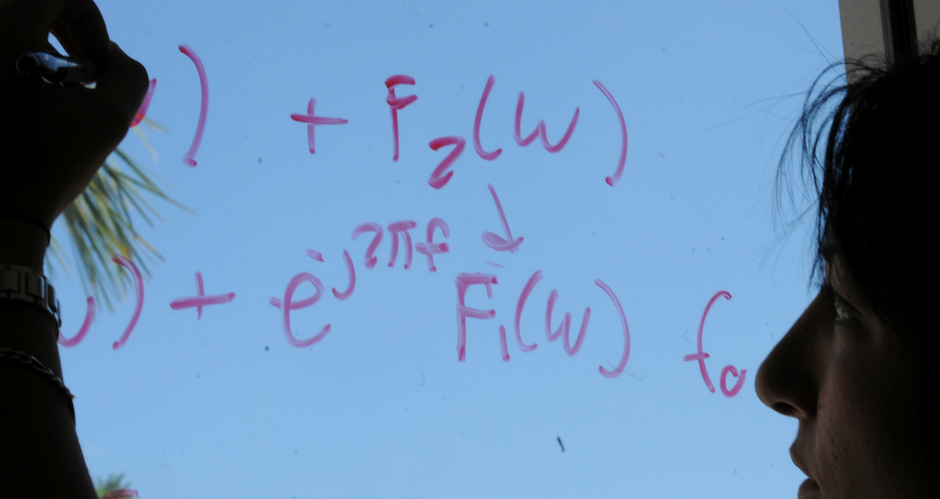Document Type
Article
Publication Title
Mathematical Problems in Engineering
Abstract
In this paper we present partial least-squares (PLS), which is a statistical modeling method used extensively in analytical chemistry for quantitatively analyzing spectroscopic data. Comparisons are made between classical least-squares (CLS) and PLS to show how PLS can be used in certain engineering signal processing applications. Moreover, it is shown that in certain situations when there exists a linear relationship between the independent and dependent variables, PLS can yield better predictive performance than CLS when it is not desirable to use all of the empirical data to develop a calibration model used for prediction. Specifically, because PLS is a factor analysis method, optimal selection of the number of PLS factors can result in a calibration model whose predictive performance is considerably better than CLS. That is, factor analysis (rank reduction) allows only those features of the data that are associated with information of interest to be retained for development of the calibration model, and the remaining data associated with noise are discarded. It is shown that PLS can yield physical insight into the system from which empirical data has been collected. Also, when there exists a non-linear cause-and-effect relationship between the independent and dependent variables, the PLS calibration model can yield prediction errors that are much less than those for CLS. Three PLS application examples are given and the results are compared to CLS. In one example, a method is presented using PLS for parametric system identification. Using PLS for system identification allows simultaneous estimation of the system dimension and the system parameter vector associated with a minimal realization of the system.
First Page
63
Last Page
93
DOI
10.1155/S1024123X96000245
Publication Date
1995
Recommended Citation
Ham, F. M., & Kostanic, I. (1995) Partial least-squares: Theoretical issues and engineering applications in signal processing. Mathematical Problems in Engineering, 2(1), 63-93.


